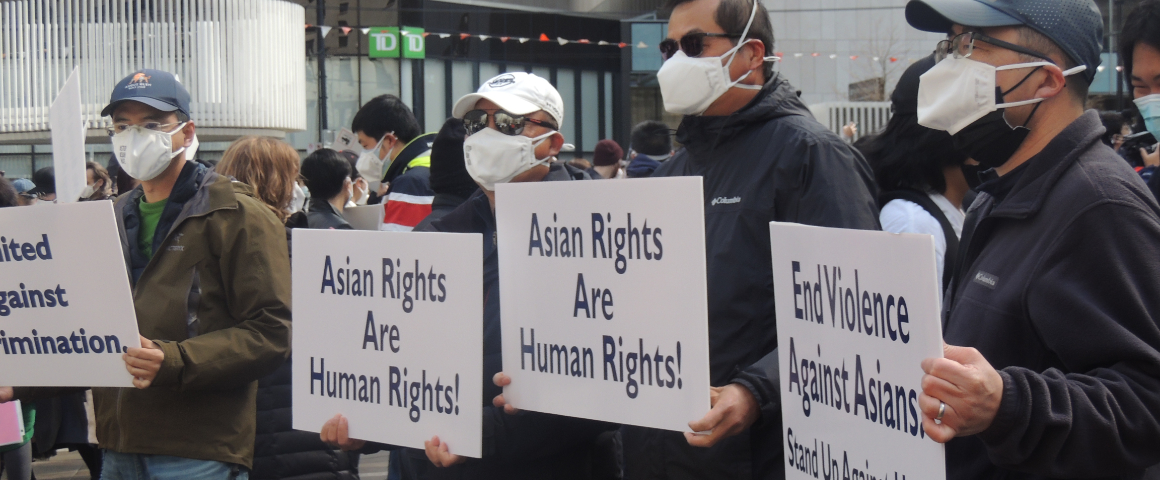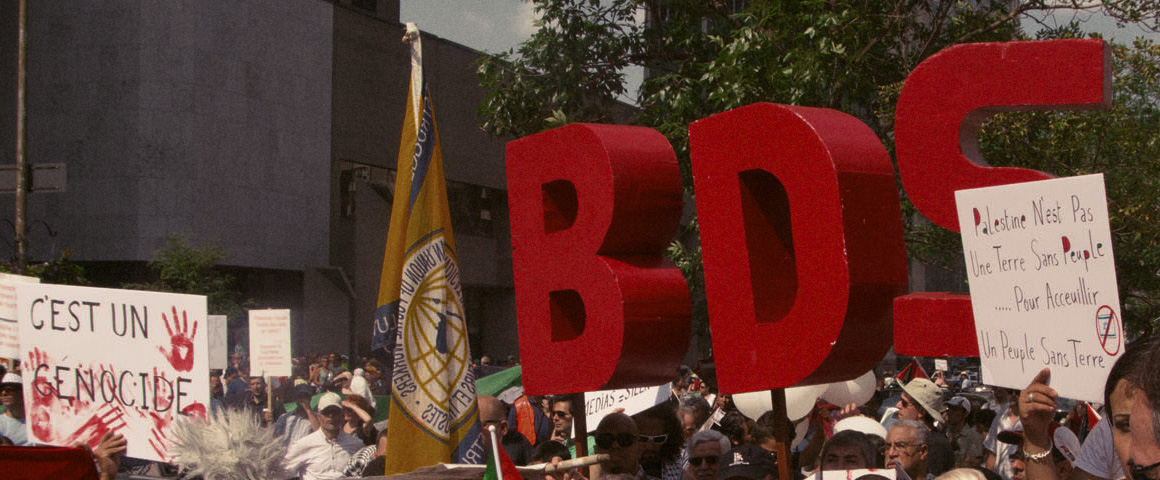By Daine Bohner
As the COVID-19 pandemic recedes into recent history an atmosphere of Sinophobia and anti-Asian sentiment remains, buttressed by a long and ignominious history of racism in Canada. This history, as the Mark Twain quote goes, is replete with rhymes such as the Calgary 1892 Smallpox Riot in which Chinese businesses were set on fire after a Chinese worker was blamed for the spread of smallpox.
This scapegoating of Chinese communities for the spread of disease reared its ugly head again during the COVID crisis, with the Chinese Canadian National Council (CCNC) reporting that anti-Asian hate crimes rose 717 percent during a single year of the pandemic.
These racist incidents are manifestations of material conditions which render Asian workers more vulnerable to exploitation than their white counterparts, while simultaneously blaming them for low wages. The roots of this tendency lie in one of the foundational and defining myths of the Canadian state: the construction of the Canadian Pacific Railroad. From the outset of the project the contradiction between the racism and the need for underpaid labour was clear. In the words of Prime Minister John A. Macdonald, “It is simply a question of alternatives; either you must have this labour, or you can’t have the railway.”
To this end the Canadian government hired Andrew Onderdonk, an American construction contractor whose credentials included recruiting Chinese labour for railway projects in the United States. Despite agreeing that Chinese labour was necessary for the project, Onderdonk also expressed a reluctance to use them. This was manifest in the pay disparity, with Chinese workers receiving $1 per day compared to $2 – $2.50 per day for white workers.
Onderdonk had hoped to hire 5000 white workers, but only 200 showed up. As CCNC’s David Choy stated, “[when] Canadian workers refused to work through the impossible terrain of the Rockies, Chinese workers, not knowing better of the risks hidden from them… were brought in from Guangdong.”
In the end 5000 Chinese workers were recruited, primarily from Guangdong where the average daily income was estimated around 7 cents a day. The role of colonialism and the context of the “Century of Humiliation” in which this economic migration took place cannot be overstated and is not forgotten in Chinese communities. Many prospective workers died of disease on the voyage or of exposure to the Canadian winter on arrival. Another 7000 Chinese workers were brought from the US, where they had worked on American railroad projects. Some estimates put the final population of Chinese labourers as high as 17,000.
“Chinese workers sacrificed more than one life per mile of track,” said Choy in an interview with China Daily. “This was the buried history of blood and tears.”
It is estimated that 4000 died in landslides, cave-ins and explosions. A typical incident was described by a worker named Wong Hau Hon:
“Twenty dynamite charges were ignited to blast a rock cave, but only eighteen went off. The white foreman, thinking all the dynamite went off, ordered the Chinese workers to enter the cave to resume work. Just at that moment, the last two charges exploded. Chinese bodies flew from the cave as if shot from a canon. Blood and flesh were mixed in a horrible mess. About 10 or 20 workers were killed.”
So frequent were the deaths that the Yale Sentinel would write, “Here in British Columbia… the Chinese workmen are fast disappearing under the ground. No medical attention is furnished nor apparently much interest felt for these poor creatures.”
Dangerous working conditions and callous bosses were, however, far from the only hazards these workers faced. Chinese labourers, unlike their white peers, had to pay for all their provisions including food and gear. As a result of their impoverished diet, scurvy was rife in their camps. Conflict with white supervisors and workers was widespread due to racist sentiments which were fanned by the newspapers of the time.
Of their arrival in 1882, the Port Moody Gazette said, “The Chinese are beginning to encroach on property in Port Moody… If they obtain a foothold in the central part of the city, that neighbourhood will be rendered uninhabitable for white people and property will decrease in value.”
Such NIMBYist racial sentiments evince the age-old connection between race and class which prefigured gentrification struggles a century later.
In 1885, the year the railway was completed, the Chinese Immigration Act became law and initially charged $50 for each person. It was the only immigration tax in Canada and would increase over time to $500 in 1903, equivalent to two years’ wages. The justification for the “Head Tax” was provided by the same man who had made the case for using Chinese labour in the first place, John A. Macdonald:
“When the [racist slur] comes here, he intends to return to his own country. He does not bring his family with him. He is a stranger, a sojourner in a strange land… He has no common interest with us.”
Despite hostility from both the government and Canadian society, most Chinese workers never returned to China and instead worked to bring their families over. Due to droughts, famine and political upheaval following a century of colonial exploitation, an estimated 97,000 Chinese immigrants came to Canada between 1885 and 1923, in spite of the punishing fees. Most spent years working off the debts these fees incurred and lost their life savings in the process.
In 1923 the Chinese Exclusion Act was passed, banning Chinese immigration altogether. This law, which led to some Chinese families being permanently separated, was passed on July 1, “Dominion Day,” which gained the moniker of “Humiliation Day” in Chinese communities. The Exclusion Act was repealed with little fanfare in 1947, as the Second World War cast a different light upon such racial policies, and it was only in 1948 that the right to vote was extended to Canadians of Asian origin.
Nearly 70 years have passed since the repeal of the Exclusion Act and the expansion of basic rights of citizenship to Chinese Canadians.
The China of today could not be a more inverted image of the China which immigrants like Wong Hau Hon left behind. Yet exploitation and exclusion are still a bitter reality for many. Precarious immigration statuses render many Chinese Canadian workers vulnerable to wage theft, abusive employers and the privations of the gig economy.
Where the poverty and underdevelopment of the “Century of Humiliation” era was used to justify the racist exclusion of Chinese immigrants in the past, today a rising Chinese economy under the governance of the Communist Party of China is used as a pretext to red bait against and impugn the loyalties of their descendants and communities.
Opposing the Sinophobia of the present means understanding it in the context of the colonial past. Doing so will help the labour movement and working people in Canada stand in stronger solidarity with Chinese people on both sides of the Pacific.
Support working-class media!
If you found this article useful, please consider donating to People’s Voice or purchasing a subscription so that you get every issue of Canada’s leading socialist publication delivered to your door or inbox!
For over 100 years, we have been 100% reader-supported, with no corporate or government funding.




